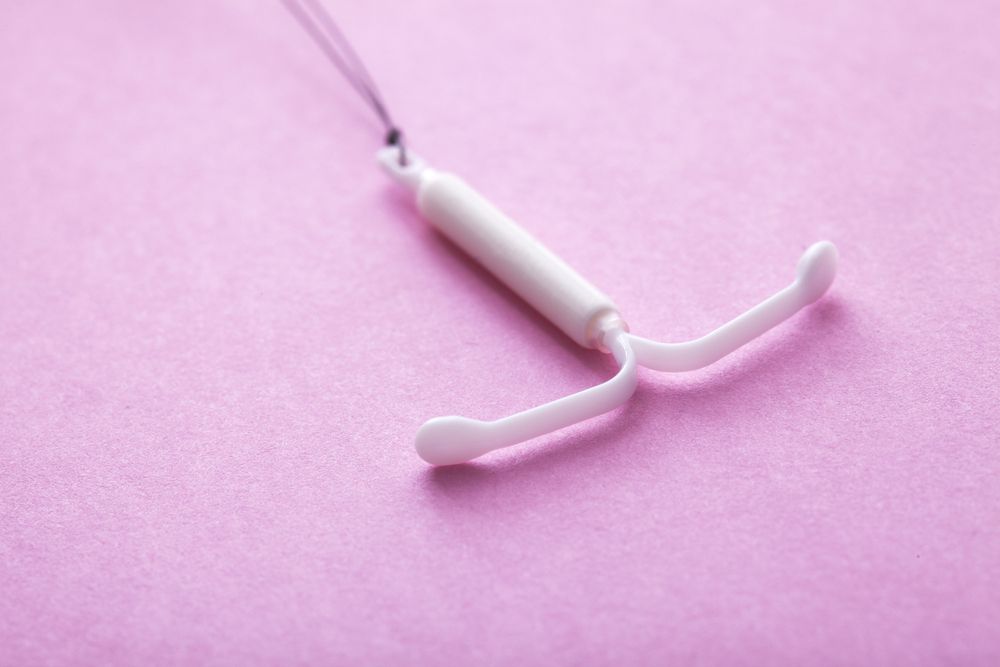Barriers to post-placental IUD placement from the male partner’s perspective
New research indicates that a significant number of romantic male partners hold misconceptions regarding the safety of a post-placental intrauterine device (IUD) in breastfeeding mothers.

Only one-third of romantic male partners believed that a post-placental intrauterine device (IUD) was safe for breastfeeding mothers, according to a cross-sectional survey study in The European Journal of Contraception & Reproductive Health Care.
“The involvement of men in the prenatal and postnatal care of the mother and newborn promotes family health, and both breastfeeding and birth spacing contribute to positive health outcomes for mothers and children,” said principal investigator Lydia Furman, MD, a professor of pediatrics at Case Western Reserve University School of Medicine in Cleveland. “However, the key role of the father/male partner in supporting a choice of breastfeeding-compatible post-birth contraception such as the post-placental IUD, which promotes the health goals of breastfeeding and birth spacing, is understudied.”
Dr. Furman said minority men, as well as women, experience racial and economic discrimination that adversely impacts their health outcomes.
“The main purpose of the study was to identify male partner barriers to post-placental IUDs in women who plan to breastfeed in a predominantly African-American, high-risk population,” Dr. Furman told Contemporary OB/GYN.
Methods
A 42-question survey was administered between January and May 2018 to 75 men, 18 years and older, who were participating in workforce development classes at Passages, Inc. in Cleveland. Participants were mostly African American (66%), unmarried and had at least one child.
Data on partner priorities, opinions, and knowledge about breastfeeding and contraception, and barriers to partner IUD receipt were collected.
Findings
Overall, 56% of men reported using contraception with their current partner, and men who had discussions and agreed about contraception with their partner were more likely to use it.
In addition, 54% of men intended for a future child to breastfeed, with this intention more prevalent among men who had a child that was previously breastfed and who were aware of the benefits of breastfeeding.
Only 35% of men thought a post-placental IUD was safe for breastfeeding mothers, with correct IUD knowledge and a partner’s positive IUD experience significantly associated with this response.
Conclusions
“It was surprising how important the man’s relationship with his partner and prior experiences with a partner regarding both breastfeeding and IUD use were to his knowledge, attitudes and intentions,” Dr. Furman said.
Prenatal providers have an opportunity to include the expectant woman’s male partner in the conversation about postnatal contraception, according to Dr. Furman. “By doing so, the provider can both educate him and aid him in being engaged in decision-making about infant feeding and contraception,” she said.
Furthermore, the male partner’s support can lead to improved health outcomes for mother, child and family.
“Community organizations and health providers have opportunities to provide culturally sensitive programming for men that educates about contraception and breastfeeding,” Dr. Furman said. “We hypothesize that peers who ‘look like’ me would be optimal leaders and that interactive education, including a focus on communication with the partner, would be best received.”
Interventions that target men who are not yet partnered and men attending prenatal visits with an expectant partner are also crucial.
“The role of the male partner/father in arenas previously considered ‘off limits for men,’ such as infant feeding and contraception, is understudied, particularly among minority men,” Dr. Furman said. “But male partners have a key role to play in improving maternal, child and family health. Health providers have a chance to respect and support this role; however, additional research is needed to identify the best ways to achieve this goal.”
Disclosures:
Dr. Furman reports no relevant financial disclosures.
